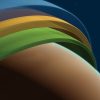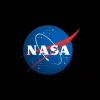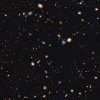Hubble Discovers Moon Orbiting the Dwarf Planet Makemake0
- From Around the Web, Space
- April 26, 2016
Makemake, the second brightest dwarf planet in the Kuiper belt, has a moon that will help NASA tell more about it.
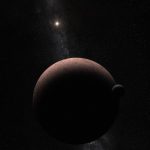
Makemake, the second brightest dwarf planet in the Kuiper belt, has a moon that will help NASA tell more about it.
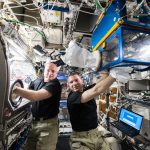
Research to how humans and animals react in low and zero gravity can help improve the health of astronauts and even people here on Earth.
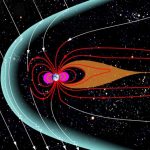
When something this large happens to earth’s magnetic fields, it can trigger massive earthquakes, volcanic eruptions, unpredictable ocean currents and tides.
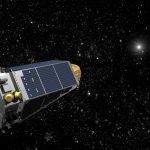
Kelper resumes its mission to explore exoplanets.
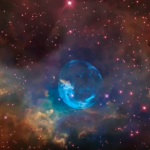
The Bubble Nebula is seven light-years across—about one-and-a-half times the distance from our sun to its nearest stellar neighbor, Alpha Centauri, and resides 7,100 light-years from Earth in the constellation Cassiopeia.
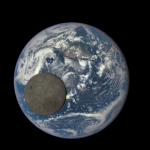
Nasa captures images of the moon passing over the Earth
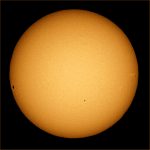
It’s the first in nearly 10 years, and there are only two more transits in the next couple of decades.
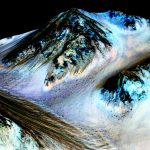
“It took multiple spacecraft over several years to solve this mystery, and now we know there is liquid water on the surface of this cold, desert planet,”
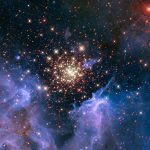
Recent research shows that galactic cosmic rays flowing into our solar system originate in clusters like these.
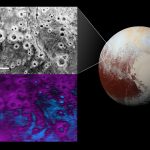
Within Pluto’s informally named Vega Terra region is a field of eye-catching craters that looks like a cluster of bright halos scattered across a dark landscape.
